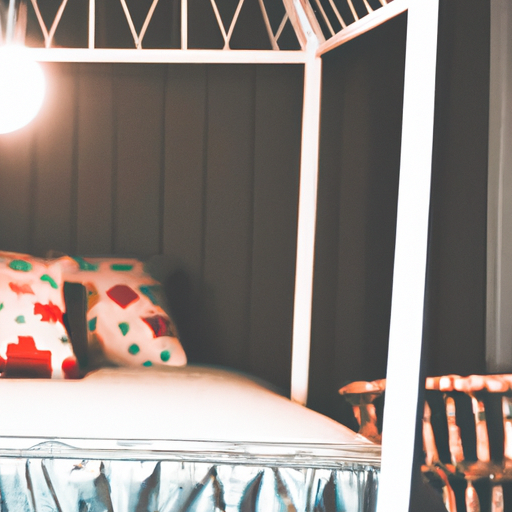Interior design plays a vital role in creating a welcoming and aesthetically pleasing home. However, there’s a common misconception that achieving a well-designed space requires a hefty budget. The truth is, you can create a stylish and inviting home without draining your bank account. In this article, we’ll debunk the myth that interior design is expensive and provide you with practical tips and creative ideas to revamp your living space on a budget.
Setting a Budget
Before diving into your interior design project, it’s important to assess your available funds. Determine how much you can allocate for your project without compromising your financial stability. Additionally, consider your priorities and allocate your budget accordingly, focusing on the areas that require the most attention or will have the greatest impact on your home’s overall look and feel.
Planning and Research
Start by gathering inspiration from various sources such as interior design magazines, websites, and social media platforms like Pinterest and Instagram. These platforms offer a plethora of design ideas, tips, and tricks that can help you create a vision for your home. By researching and planning, you can identify the specific styles and themes that resonate with you, which will ultimately guide your design decisions.
Repurposing and Upcycling
Before rushing to purchase new furniture and accessories, take a look at what you already have. Assess your existing items and consider how they can be repurposed or transformed. A fresh coat of paint, reupholstering old chairs, or creatively rearranging furniture can breathe new life into your space without breaking the bank. Additionally, engaging in do-it-yourself (DIY) projects can be a fun and cost-effective way to add unique and personalized touches to your home.
Thrift Shopping and Garage Sales
Thrifting and visiting garage sales can be a treasure trove of affordable and unique finds. Explore local thrift stores, consignment shops, and flea markets to discover pre-loved furniture, decor items, and accessories at significantly lower prices. Keep an open mind and embrace the thrill of finding hidden gems that can add character and charm to your space. Similarly, scouring garage sales in your neighborhood can unearth unexpected treasures and help you save a considerable amount of money.
Budget-Friendly Materials and Alternatives
When it comes to materials, there are several budget-friendly options available. Instead of expensive hardwood flooring, consider laminate or vinyl alternatives that mimic the look of natural wood. For walls, wallpaper can be pricey, but you can achieve a similar effect with affordable paint techniques like stenciling or using textured finishes. Additionally, explore cost-effective window treatments, such as curtains made from affordable fabrics or repurposed bedsheets, and consider inexpensive lighting solutions like thrifted lamps or DIY pendant lights.
DIY and Handmade Decor
Injecting your personal touch into your home doesn’t have to come with a hefty price tag. Get creative and make your own artwork using materials like canvas, reclaimed wood, or even recycled magazines. Handcrafted decorative items and accessories, such as throw pillows, curtains, and wall hangings, can be made using affordable fabrics and basic sewing skills. Furthermore, incorporating indoor plants and greenery can add freshness and a touch of nature to your space at a minimal cost.
Simple Design Hacks
Sometimes, small changes can make a big difference in your home’s overall appearance. Experiment with rearranging your furniture and accessories to create a new and refreshing layout. Utilize color schemes and patterns strategically to add visual interest and create a cohesive look. Additionally, maximize natural light by using light-colored curtains or sheer fabrics to allow sunlight to fill your rooms, and employ mirrors strategically to create the illusion of a larger space.
Prioritizing Key Areas
If you have a limited budget, it’s essential to prioritize the key areas of your home. Focus on high-impact spaces such as the living room or kitchen, as these areas are frequently used and make a lasting impression on guests. Allocate a larger portion of your budget to these rooms and gradually update less important spaces over time.
Conclusion:
Creating a stylish and inviting home doesn’t have to be an expensive endeavor. By setting a budget, conducting thorough research, repurposing existing items, exploring thrift stores and garage sales, opting for budget-friendly materials, and incorporating DIY and handmade decor, you can transform your living space on a budget. Remember, interior design is a creative process that allows you to express your personal style, so embrace the opportunity to showcase your unique taste and create a home that reflects your personality without breaking the bank.
